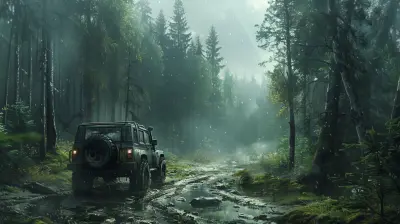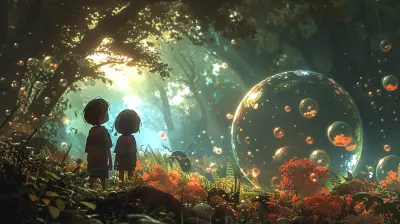Exploring the Evolution of Survival Game Mechanics
19 May 2025
Let’s face it—survival games hold a special place in our hearts. There’s just something raw and thrilling about being thrown into an unforgiving world with nothing but your wits and sheer determination to survive. Whether it’s scavenging for food, fighting off predators, or crafting tools from the bare minimum, survival games mirror that primal fight-or-flight instinct we rarely experience in our cushy modern lives.
But survival game mechanics didn’t just appear overnight, fully fleshed out. Oh no. They’ve evolved over time, like the games’ very own ecosystems. From humble beginnings to sprawling open worlds with intricate systems, survival mechanics have gone through massive changes. And honestly? It’s fascinating how far they’ve come. So, grab your canteen (okay, maybe just a cup of coffee), and let’s dive deep into how survival game mechanics have grown and shaped the genre we know today.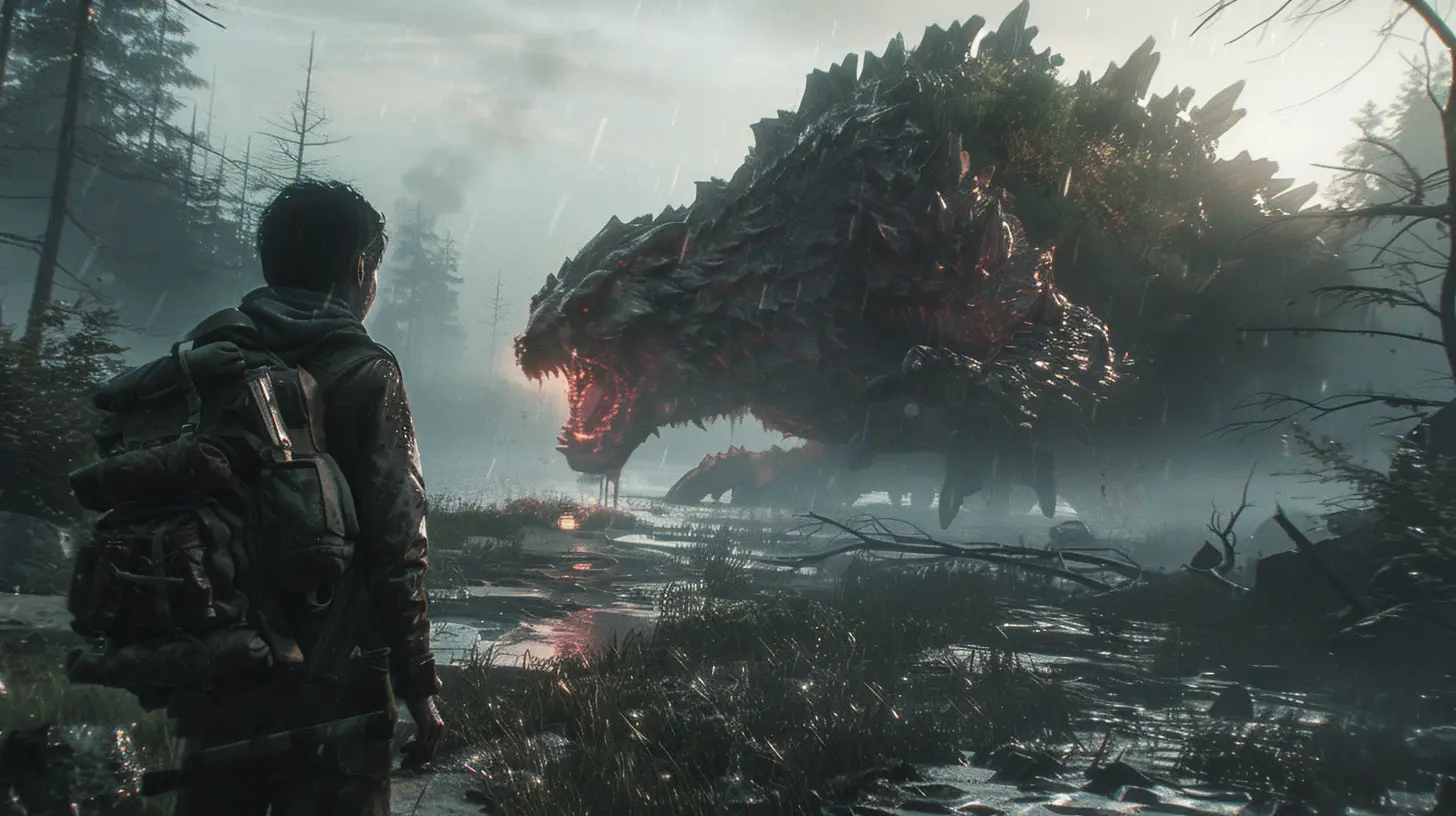
Back to Basics: The Early Days of Survival Games
Way back in the early days, survival games were incredibly simplistic. Remember the 1980s and 1990s? Survival mechanics weren’t really a "thing" yet. Sure, you had games like Oregon Trail, where you had to manage supplies and hope dysentery didn’t take out your entire party, but survival elements were more of a secondary concern than the main attraction.Then came games like UnReal World (1992), which is often considered one of the grandfathers of the survival genre. It was set in Iron Age Finland, and it introduced the idea of staying alive as its core focus. Hunting, fishing, crafting tools—sounds familiar, right? It planted the seeds of what was to come. But compared to today’s standards, it was like cavemen discovering fire. The mechanics were experimental, and the options were basic, but hey, it had soul. You had to use your imagination for the gritty details.
Back then, survival was more about surviving in theory. Games were limited by technology, but the passion for exploring the concept was apparent. 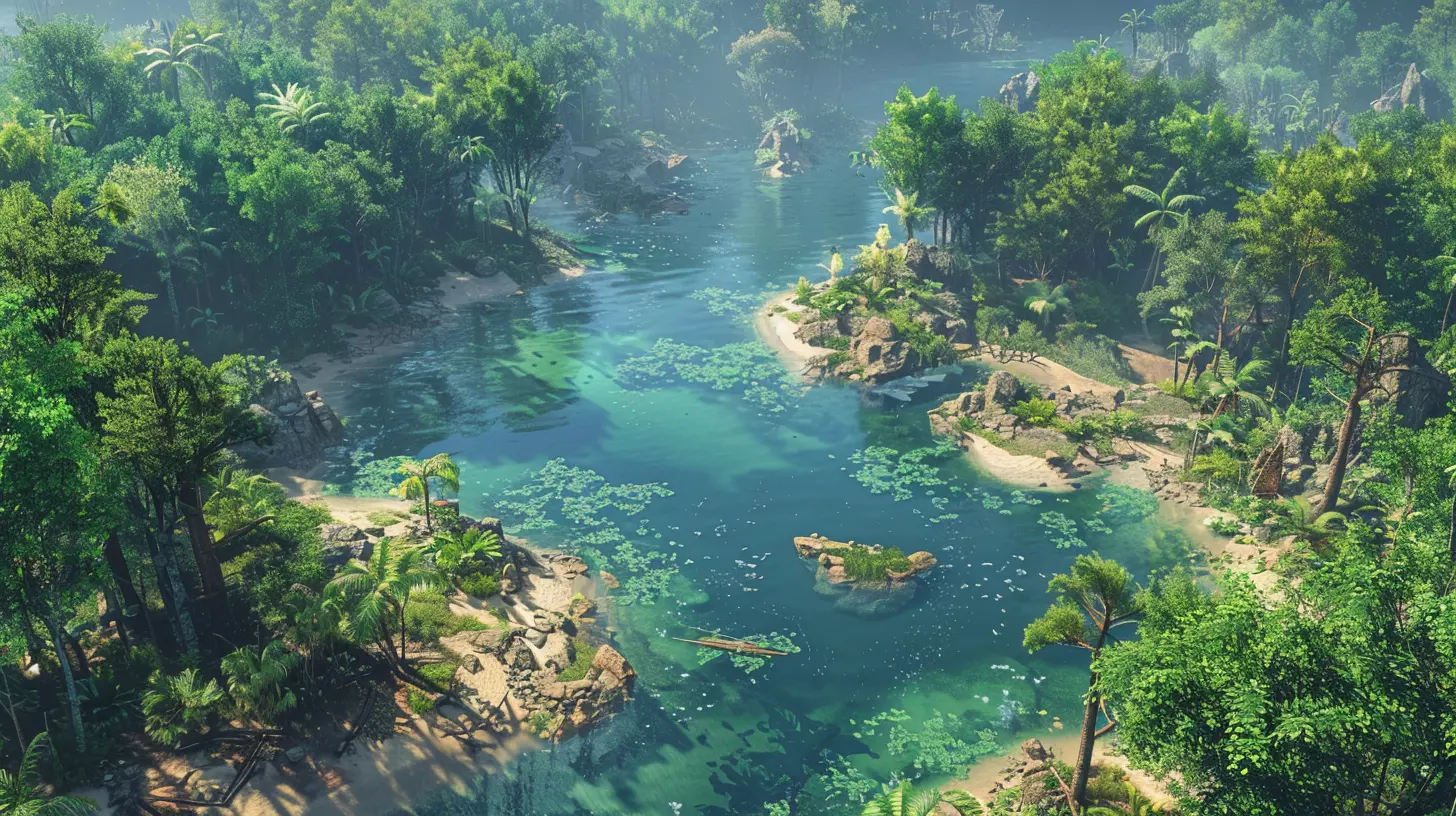
The Turning Point: Minecraft and the Rise of Open-World Survival
If we’re talking about a game that truly flipped the script for the survival genre, it’s impossible not to mention Minecraft. Released in 2009, Mojang’s blocky masterpiece transformed the landscape (pun intended). What made it revolutionary was its ability to balance simplicity with depth. It handed players tools—not just literally, but figuratively—to explore, craft, and survive how they wanted.For the first time, survival mechanics were approachable for everyone, from casual players to hardcore enthusiasts. Have no food? Better start farming. Need shelter? Punch some trees and build yourself a cube-shaped house. Night-time in Minecraft taught us an important lesson: being unprepared means trouble. Creepers lurking in the dark? Yeah, you learned fast (or respawned a million times).
And let’s not forget the ripple effect Minecraft created. It inspired countless developers to take survival concepts seriously. But unlike its predecessors, survival mechanics were no longer just a backdrop—they became the main event.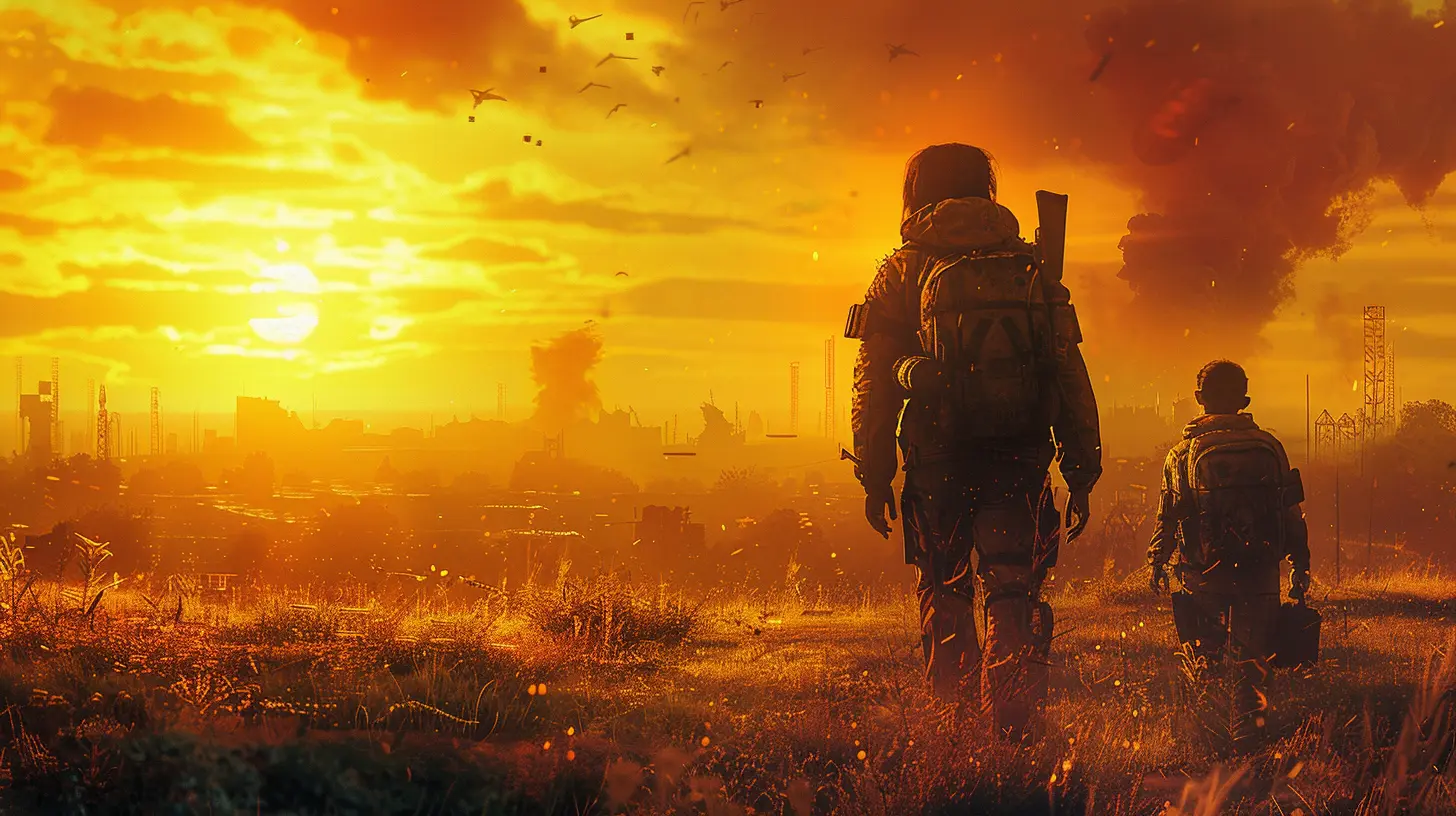
Complexity Takes Over: From Hunger Meters to Hardcore Realism
By the 2010s, survival games were stepping up their game (pun absolutely intended). Titles like DayZ and Rust introduced us to harsh, unforgiving worlds where literally everything wanted you dead. These games didn’t coddle you, oh no. Forget tutorials—life in these games started with nothing, and players had to figure out everything themselves.Do you remember playing DayZ for the first time? You probably spent hours figuring out how to deal with hunger, thirst, and blood loss, only for some random player to shoot you in the back for a can of beans. While frustrating, it added a raw, emotional layer to the experience. The stakes were high, and every encounter felt meaningful, whether it was with zombies or other players.
This surge of complexity wasn’t accidental. Developers started prioritizing realism. Mechanics like hunger, thirst, temperature regulation, and stamina systems became staples. You couldn’t just wander forever—survival games made sure you stopped to think (and panic) about everything. Want to survive the night? You better gather supplies, craft weapons, and avoid the elements. No more mindless exploration—every action had consequences.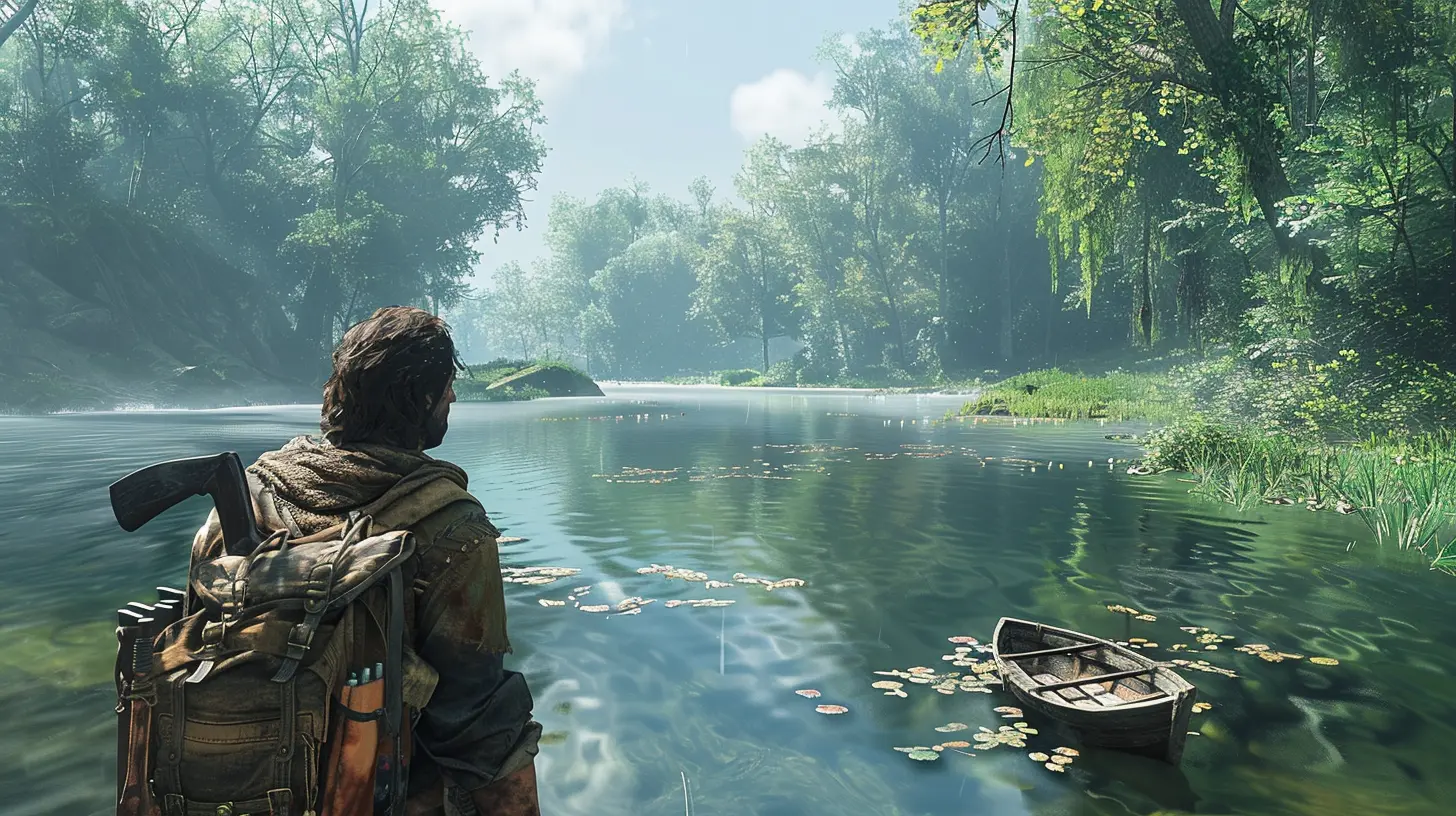
The Birth of Crafting Systems: From Bare Essentials to Total Masterpieces
Let’s talk about crafting systems because, honestly, they’re the heart and soul of modern survival games. Early survival mechanics gave you basic crafting—combine A + B to make C. But now? Entire ecosystems are built around crafting.Take The Forest for example, where you’re not just crafting tools; you’re creating shelters, traps, and even figuring out cooking recipes. Or ARK: Survival Evolved, where you go from fashioning basic tools to building massive bases complete with electricity and taming dinosaurs. Dinosaurs, people! It’s like survival mode meets Jurassic Park.
Crafting isn’t just a feature anymore—it’s a strategy. It’s no longer about "What do I need to survive right now?" but about thinking long-term. Do you want a small shack, or will you grind resources for hours to build a fortress? These decisions make survival games so immersive—they let players carve their own paths, which makes every experience unique.
Blurring the Lines: Survival Meets Other Genres
Somewhere along the way, survival games stopped being just survival games. And you know what? That’s been a game-changer (literally). Developers began blending survival mechanics with other genres, creating these bizarrely beautiful hybrids.Take Don’t Starve, for instance. It combined Tim Burton-esque visuals with brutal survival mechanics. Or Subnautica, which tossed you into the depths of the ocean, where the world itself became the enemy. Survival isn’t just about staying alive anymore; it’s about storytelling, exploration, and a sense of wonder.
Battle royales like Fortnite and PUBG also borrowed heavily from survival mechanics. They introduced that constant fight for resources while keeping players on edge with their ever-shrinking arenas. Even games like The Long Dark and Stranded Deep tell engaging, player-driven stories through survival mechanics without traditional narrative structures.
The possibilities have exploded, and survival games are no longer confined to rustic forests or barren wastelands. They’ve taken us to space, the ocean floor, and even post-apocalyptic hellscapes.
Streamlining for the Masses: Accessibility vs Hardcore Survival
One major trend recently has been the tug-of-war between accessibility and realism. Hardcore survival games like Green Hell cater to those who live for punishing levels of difficulty. Want to survive? You’ll need to balance your macros (yes, your carbs, proteins, and fats), keep mental health in check, and avoid infections. It’s not for the faint-hearted.On the flip side, you’ve got games like Valheim, which focus on survival but keep things accessible and fun. It’s not about pure realism but about enjoying the journey. The same goes for No Man’s Sky, which balances survival mechanics with breathtaking exploration.
Developers now face a critical question: How tough should survival be? Should it appeal to hardcore players who live for the grind, or should it welcome a broader audience? This balance is shaping modern survival games in exciting ways.
What’s Next for Survival Game Mechanics?
So, where do we go from here? If the past decades are anything to go by, survival games will only get bigger and better. We’re already seeing fascinating innovations like AI-driven ecosystems, where animals and NPCs behave based on player actions. Procedural generation is taking worlds to insane levels of complexity, ensuring no two playthroughs are the same.And let’s not forget multiplayer. Cooperative survival games like Raft and Grounded are redefining what it means to survive—because let’s be real, everything’s better with friends (even if they steal your food).
Virtual reality is also stepping in. Imagine surviving on a deserted island, physically chopping down trees, or cooking over an actual campfire (okay, not an actual fire, but you get what I mean). VR survival could bring unparalleled immersion to the genre.
Survival games have come so far, and the only limit now is the imagination of developers. One thing’s for sure, though: survival mechanics aren’t going anywhere.
Final Thoughts
Survival games have gone through an incredible evolution, starting from their pixelated roots and growing into the sprawling, complex worlds we now love to get lost in. What’s fascinating is how these games make us confront primal instincts while also letting us explore, build, and create. They’re not just about staying alive—they’re about living, thriving, and occasionally freaking out over things like zombie hordes or monster-infested caves.So, whether you're a fan of hardcore realism or a more laid-back experience, there's a survival game out there for you. And the best part? The genre is constantly evolving. Who knows what wild, immersive mechanics we’ll see in the next generation of survival games? One thing’s for sure: it’s a fantastic time to be a fan of the genre.
all images in this post were generated using AI tools
Category:
Survival GamesAuthor:

Kaitlyn Pace
Discussion
rate this article
3 comments
Vaughn Holland
Great article! I appreciate how you highlighted the progression of survival mechanics over the years. It would be interesting to see how upcoming titles innovate further. I'm curious about your thoughts on multiplayer dynamics in future survival games!
May 25, 2025 at 4:15 AM

Kaitlyn Pace
Thank you for your feedback! I agree, multiplayer dynamics will likely play a crucial role in the evolution of survival games, promoting cooperation and competition in exciting new ways. I'm excited to see how developers innovate in that space!
Owen McNeil
Survival games inspire resilience—embrace the challenge and thrive!
May 23, 2025 at 3:40 PM

Kaitlyn Pace
Thank you! Embracing challenges in survival games truly showcases the resilience players develop, reflecting their journey through evolving mechanics.
Gianna Wilkerson
What a fantastic read! It's incredible to see how survival game mechanics have transformed over time. Can't wait to see what's next! 🌟🎮
May 21, 2025 at 2:41 AM

Kaitlyn Pace
Thank you! I'm glad you enjoyed the article. Exciting times ahead for survival games! 🌟🎮
